White Fir looking not so good
thetman
10 years ago
Related Stories
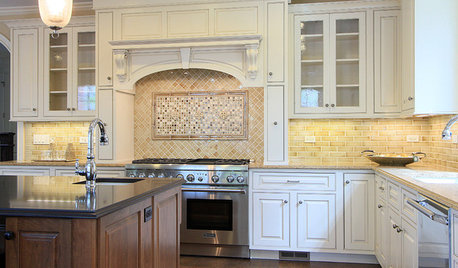
KITCHEN DESIGNThe Cooking Hearth Never Looked So Good
Today's Range Hoods Have High Style to Match Their Function
Full Story
DECORATING GUIDESMake All White Look So Right
All-white rooms are harder than they look. Here's how to blend white tones for pure perfection in bathrooms, kitchens and more
Full Story
DECORATING GUIDESSo Your Style Is: Black, White and Read All Over
Make headlines at home with newsworthy decor
Full Story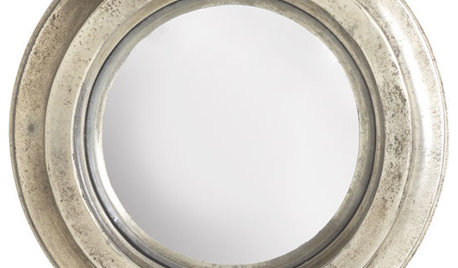
PRODUCT PICKSGuest Picks: Cottage-Style Mirrors for Casual Good Looks
Charming and full of character, these mirrors can hang with the laid-back decor crowd
Full Story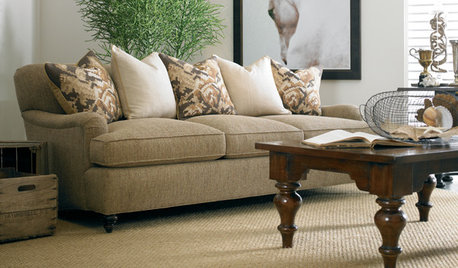
FURNITUREHow to Keep Your Upholstery Looking Good
You wouldn't expect your car to maintain itself. Show your sofa and chairs the same courtesy with this 3-part strategy
Full Story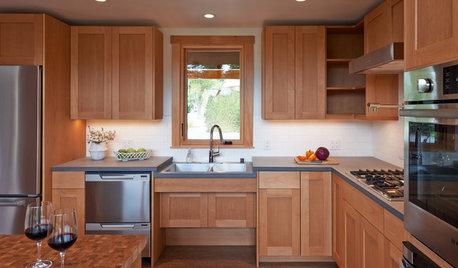
UNIVERSAL DESIGNKitchen of the Week: Good Looking and Accessible to All
Universal design features and sustainable products create a beautiful, user-friendly kitchen that works for a homeowner on wheels
Full Story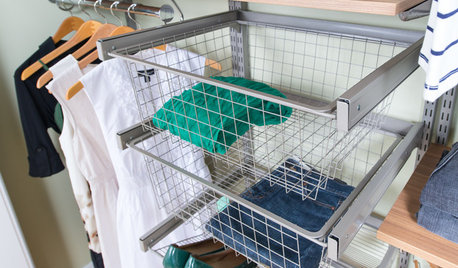
CLOSETSHow to Store Your Clothes to Keep Them Looking Good Longer
Here’s what clothes to fold, what to hang and how to stash your off-season stuff
Full Story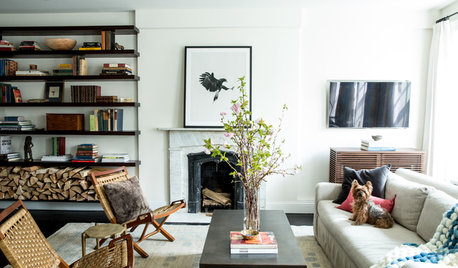
DECORATING GUIDESHouzz Tour: New York Apartment Redesign Cooks Up Good Looks
A 2-story brownstone unit, once home to fashion and music figures, is remade for newlyweds with a bigger kitchen and a master suite
Full Story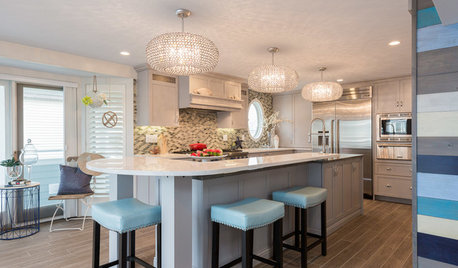
KITCHEN OF THE WEEKKitchen of the Week: Beachy Good Looks and a Layout for Fun
A New Hampshire summer home’s kitchen gets an update with a hardworking island, better flow and coastal colors
Full Story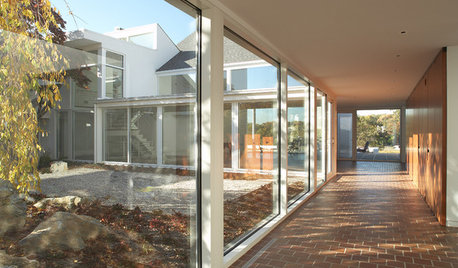
GREAT HOME PROJECTSUpdate Your Windows for Good Looks, Efficiency and a Better View
Great home project: Replace your windows for enhanced style and function. Learn the types, materials and relative costs here
Full Story





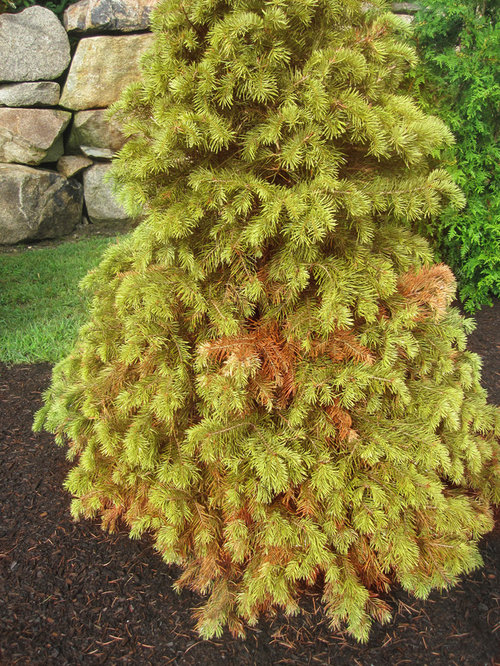




outback63 Dennison
thetmanOriginal Author
Related Professionals
Londonderry Landscape Architects & Landscape Designers · Cary Landscape Architects & Landscape Designers · Hershey Landscape Architects & Landscape Designers · Owings Mills Landscape Architects & Landscape Designers · Quincy Landscape Architects & Landscape Designers · Paradise Landscape Architects & Landscape Designers · White Oak Landscape Architects & Landscape Designers · Arlington Landscape Contractors · Milford Landscape Contractors · Allentown Landscape Contractors · Bellefontaine Neighbors Landscape Contractors · Burien Landscape Contractors · Lake Saint Louis Landscape Contractors · Middle River Landscape Contractors · Wallingford Landscape Contractorsoutback63 Dennison
thetmanOriginal Author
Embothrium
gary2010
botann
thetmanOriginal Author
Embothrium